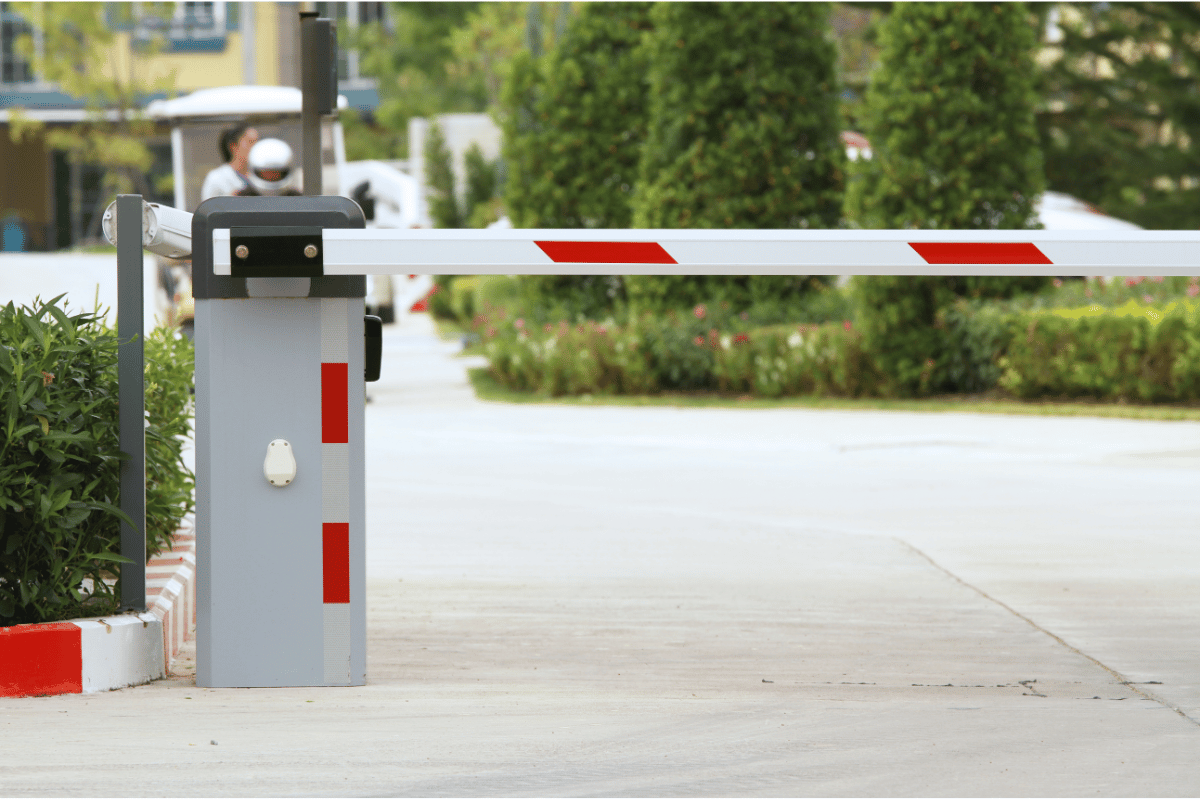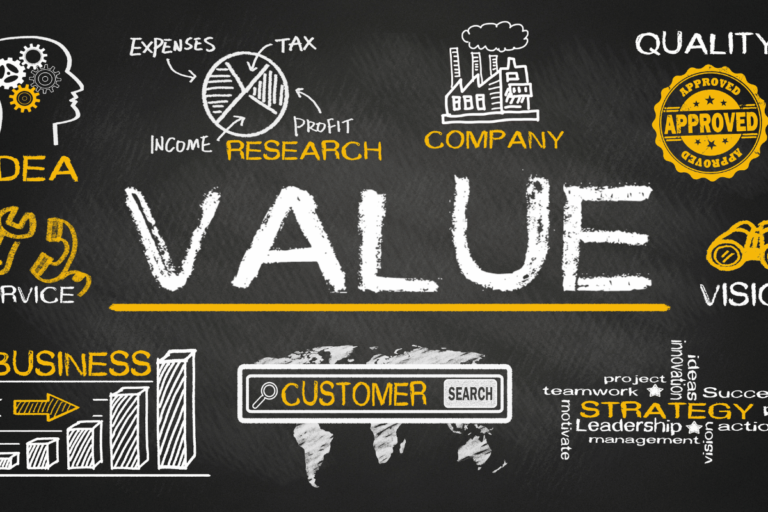Protecting Commercial Premises Explained: 6 Key Facts to Know
Protecting commercial premises is an essential consideration for business owners, managers, and stakeholders alike. The safety and security of a business location not only safeguard physical assets but also protect the well-being of employees and customers. With the rise in theft, vandalism, and various natural disasters, understanding the nuances of commercial premises protection is more critical than ever.
This blog post will outline six key facts to know about protecting commercial premises, helping you develop a comprehensive strategy that mitigates risks and enhances security.
1. Understanding the Risks
To effectively protect commercial premises, it is vital first to understand the potential risks involved. Common threats include burglary, vandalism, fire, flooding, and even cyberattacks. Each type of risk can have a significant impact on operations, leading to financial losses, damage to reputation, and disruption of services.
For instance, a burglary not only results in the loss of valuable assets but may also lead to increased insurance premiums and a decline in customer trust.
Similarly, natural disasters such as flooding can cause extensive physical damage, disrupting business continuity for days or even weeks. Therefore, a thorough risk assessment should be conducted to identify vulnerabilities unique to your business location. This assessment can involve evaluating factors like local crime rates, environmental conditions, and building infrastructure.
By identifying these vulnerabilities, businesses can better understand the specific risks they face and guide the selection of appropriate security measures, insurance policies, and emergency preparedness plans.
2. Implementing Physical Security Measures
Physical security measures are the first line of defense for protecting commercial premises and play a critical role in deterring crime. These measures can include security systems such as alarm systems, surveillance cameras, and access control systems, which help monitor and control entry to the facility. Installing high-quality locks on doors and windows is also essential to prevent unauthorized access.
Employing physical barriers, such as ram barriers, fences, or gates, adds a layer of security. Furthermore, regular maintenance and updates to these systems are crucial; this ensures they function correctly and remain effective against evolving threats.
Having a visible security presence, whether through on-site personnel, security guards, or regular patrols, can significantly enhance the perceived security of your premises. This visibility not only deters potential criminals but also instills confidence in employees and customers, creating a safer and more secure environment overall.
3. Importance of Cybersecurity
In today’s digital age, cybersecurity is an integral aspect of protecting commercial premises and ensuring business continuity. Many businesses rely on technology for daily operations, making them susceptible to various cyberattacks, including phishing, ransomware, and malware infections.
Data breaches can lead to the exposure of sensitive information, such as customer data and financial records, resulting in substantial financial loss and severe damage to a company’s reputation.
To effectively protect against these threats, businesses should implement robust cybersecurity measures, including firewalls, antivirus software, intrusion detection systems, and secure networks. Additionally, employee training on recognizing phishing attempts and practicing safe internet habits is equally important to mitigate human error.
Regularly updating software and systems is essential as it helps patch vulnerabilities that hackers may exploit, reducing the risk of successful attacks. By prioritizing cybersecurity, businesses can protect their assets, maintain customer trust, and secure sensitive information, ultimately enhancing overall operational resilience.
4. Employee Training and Awareness
While physical security measures are critical, employee training and awareness are equally important in protecting commercial premises from various threats. Employees should be educated about the potential risks associated with their workplace, including theft, vandalism, and emergencies, and trained on how to respond effectively to these security threats.
This training may encompass recognizing suspicious behavior, reporting incidents promptly, and following emergency protocols during a crisis, such as lockdowns or evacuations. Conducting regular drills, such as fire, evacuation, and active shooter drills, ensures that employees are well-prepared for real-life emergencies and know their roles in such situations.
Additionally, promoting a culture of security awareness within the workplace fosters vigilance and accountability among staff. When employees feel empowered to take an active role in protecting the premises, it enhances overall safety and security, creating a more resilient work environment that can effectively respond to potential threats.
5. Insurance Coverage
Another essential component of protecting commercial premises is having the right insurance coverage. Commercial property insurance plays a vital role in mitigating the financial impact of various risks, including theft, fire, natural disasters, and liability claims. It is crucial to work with a knowledgeable insurance agent who can assess the specific needs of your business and help you select policies that provide adequate coverage tailored to your unique circumstances.
Regularly reviewing and updating your insurance policies is also important, as it ensures that they reflect any changes in your operations, assets, or overall business environment. For instance, acquiring new equipment or expanding your premises may necessitate increased coverage.
Having comprehensive insurance serves as a safety net, providing peace of mind in the event of unforeseen incidents. It enables business owners to focus on their operations without the constant worry of potential financial losses, ensuring a more secure foundation for growth and success.
6. Emergency Preparedness and Response Plans
No protection strategy is complete without a well-defined emergency preparedness and response plan. This comprehensive plan should outline specific procedures for various emergencies, including fires, natural disasters, security breaches, and health crises. Conducting regular risk assessments is essential, as they help identify potential threats unique to your business environment and inform the development of effective emergency protocols. Communication is key in any emergency; it is crucial to ensure that all employees are well aware of the plan and understand their specific roles and responsibilities during a crisis.
Additionally, conducting regular drills, such as fire evacuations or lockdown procedures, reinforces the plan and ensures that everyone knows exactly what to do when faced with an actual emergency.
A robust emergency preparedness plan not only protects physical assets and minimizes damage but also enhances employee confidence and reduces panic, fostering a culture of safety and resilience within the organization. This preparedness ultimately contributes to quicker recovery and continuity of operations.
Protecting commercial premises is a multifaceted endeavor that requires a comprehensive understanding of various risks and the implementation of appropriate measures.
By recognizing the potential threats, investing in physical and cybersecurity, training employees, securing adequate insurance, and developing emergency preparedness plans, businesses can create a safer environment for employees and customers alike.
Ultimately, the investment in protecting commercial premises pays off by minimizing risks, enhancing operational continuity, and ensuring a safe and secure workplace for everyone involved.






